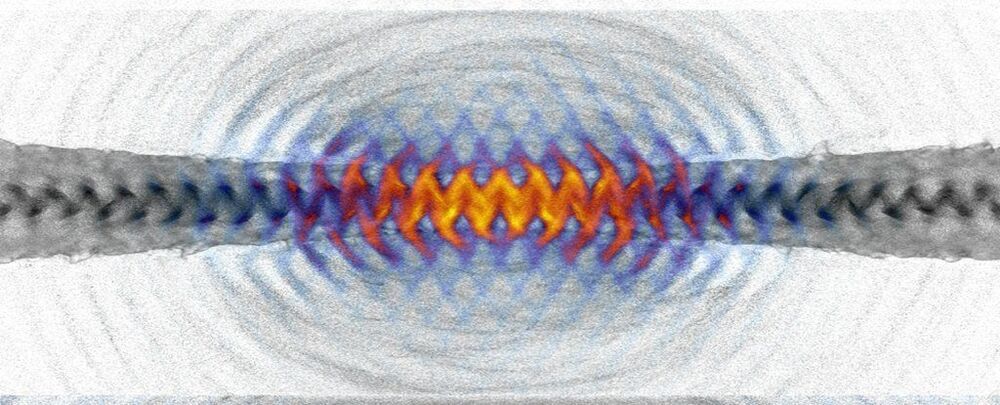These researchers recently published a study on VDAC2, a protein that helps regulate calcium signaling within heart cells. Blockage of the signals causes severe impairment of heart cell contraction, making it harder for the organ to push blood through the body.
Taking away this protein made heart function sharply decline in laboratory mice, eventually leading to their death, while reintroduction of VDAC2 reversed many of the effects of heart failure. An experimental drug called efsevin was able to produce similar effects in other mice with heart failure.
With the epidemic of heart failure exacerbating the pandemic of COVID-19, the discovery by University of Utah researchers in Salt Lake City of a protein in heart cells brings the potential for a method to improve heart function in patients.



